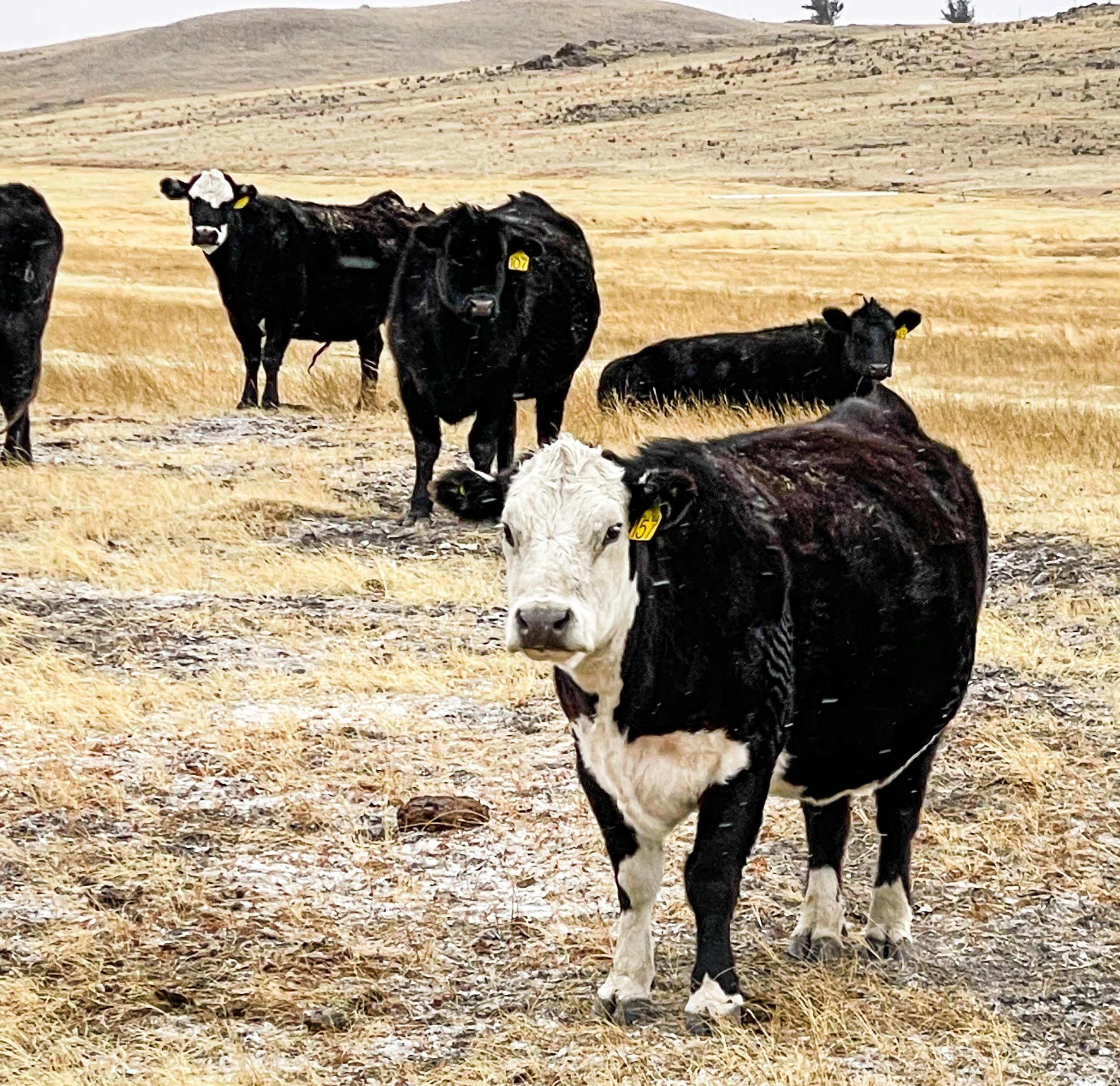Calving Season: Things to Consider
Frequently, I get questions about our calving season. Many think that we “calve late”, or are “behind” when it comes to this important and critical season at the ranch. The truth is that each operation is truly unique when it comes to calving, and there are many facets that go into the ideal time for an operation to calve. No two operations are the same, and hence calving season can vary greatly from ranch to ranch.
Traditionally speaking, calving seasons can be broken up into four distinct seasons -
Winter (January, February, and March)
Spring (April and May)
Summer (June and July)
Fall (August, September and October)
While there is no perfect time to calve, each producer must determine what works best for their specific operation. This decision takes into account may factors, but the most important being:
climate
feed costs/availability
management and facility constraints
the end goal for the operation
Here at the Eagle Rock Ranch, we prefer to calve in the Spring/Summer seasons.
High Altitude Climate Impacts Calving
Here at the Ranch, we are situated at about 9,000 feet above sea level. Our high altitude setting provides us with beautiful “75 and sunny” summer days, but the flip side are our harsh winter conditions. It is not uncommon for us to experience -30 degree temps with high winds and blowing snow - not quite ideal for a newborn calf to be brought into this world.
As such, we have chosen to push our calving season into the warmer Spring months, mimicking nature when we see the native elk being born. Traditionally May brings warmer temperatures and less of a chance for a calf to suffer hypothermia upon birth (not to mention an easier environment for us as ranchers to work in.)
Feed Costs and Green Grass Availability During Calving
Another benefit for us with Spring calving is the availability of green grass for our lactating cows. The first 60 to 90 days post-calving is the most nutritionally demanding period in the production cycle of a cow. Moreover, this time period is arguably one of the most important in achieving overall production goals - the cows overall body score going back into breeding season will ultimately determine her ability to breed up and produce another healthy calf.
Here at the ranch, we start to see our grass begin to green up around early May - much later than the majority of ranches across the United States. This fresh grass is then available for our mother cows to graze on, in addition to supplemental hay provided to them on a daily basis. Calving any earlier would prevent our mother cows from having access to fresh grass in the days in which their nutritional needs are at their peak.
Management and Facility Constraints to Consider When Calving
Considering the multiple enterprises and facets of an operation is critical to determine the best time to calve. In addition to our cow / calf operation, we also grow and harvest all natural timothy hay at the ranch. Although this “crop” doesn’t involve planting or fertilizing, we do have to manage our irrigation and ensure that our cattle are off of our hay meadows by mid-April.
The irrigation process is slightly labor intensive, but nowhere near as labor intensive as say ranchers in Nebraska or Kansas who have crops to plant in early April. As a result, at Eagle Rock Ranch we are able to manage both calving and irrigation in the Spring where a ranch in Nebraska would prefer to have calving over with by the time planting started.
Additionally, if we were to calve much earlier than late April / early May, we’d ideally need a large facility for our cattle to take refuge in to avoid the harsh winter conditions. Choosing to calve in May allows our cattle to remain outdoors in their natural environment, and enjoy the Spring sunshine with their new calfs.
End Goal for the Calving Operation
Our mission has always been to produce the best beef we possibly can. The ranch philosophy of "Quality in Everything We Do" really drives all ranch activities. The majority of ranchers must consider cattle markets when planning their calving seasons. In short, it is most advantageous to plan to calve when your cattle will enter the sale market during the month where cattle prices tend to be higher.
However, because we retain ownership of our cattle throughout their life cycle, and exclusively sell our beef direct to our customers, we are not tied to cattle sale markets. Hence, calving in Spring works well for our operation as it is mainly cattle focused and allows for the most advantageous situation for our mother cows.
In conclusion, no one calving system or season has all the advantages or can be considered the "perfect season to calve". Land resources, ranch enterprises, labor availability and climate all vary from operation to operation. We have chosen to calve in the Spring / Summer Season here at the ranch, and it has worked well considering our high mountain environment.
Successful calving occurs when an operator considers each of these factors for their ranch and plans to calve accordingly.




